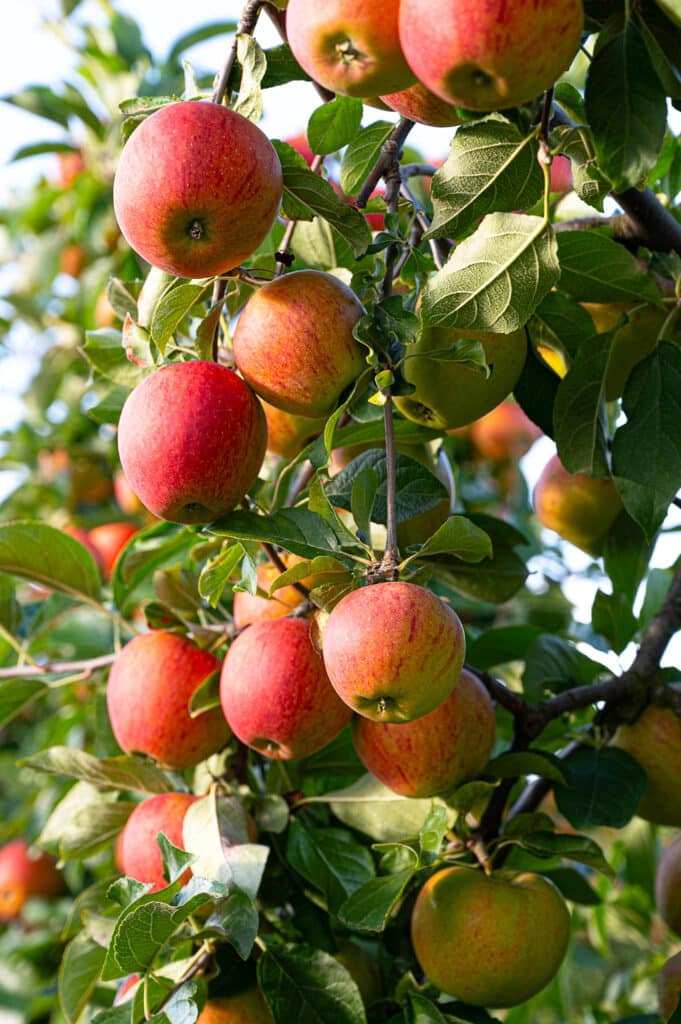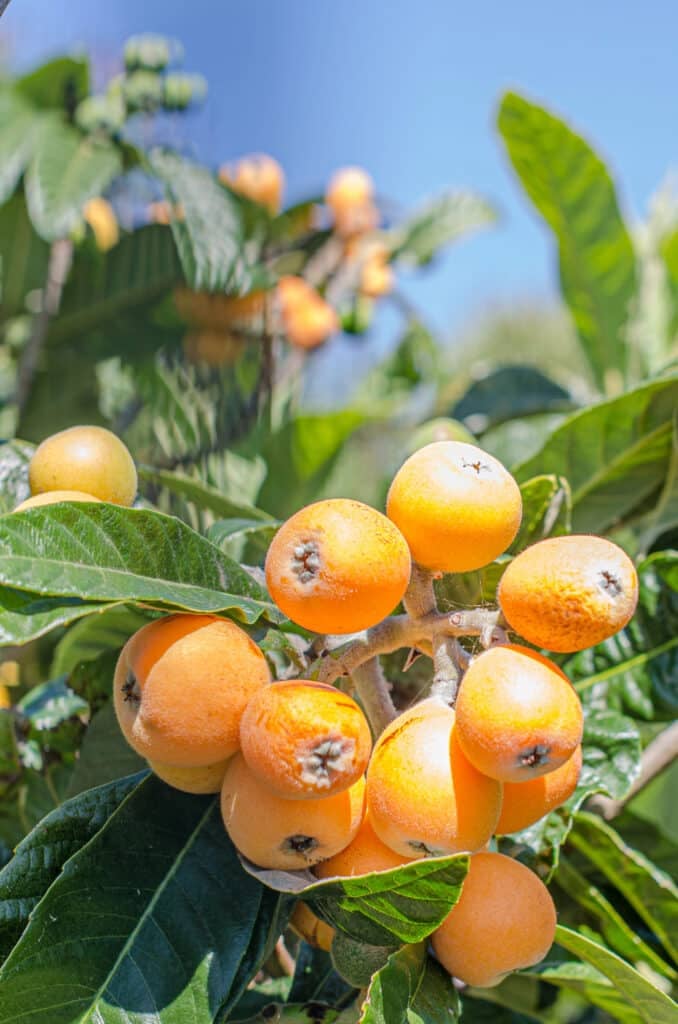How to Save Money by Growing Your Own Salad Garden
Grocery prices are soaring, and fresh produce is among the most expensive items in your cart. But what if you could enjoy fresh, organic salads all season long—for a fraction of the cost? We’re going to show you how to save money by growing your own salad garden in your back yard or even on your patio or balcony.
A salad garden is an easy, budget-friendly way to grow food in a backyard or just a few containers on a patio. Even 2 small 4×4 raised garden beds can supply fresh greens, tomatoes, cucumbers, and peppers throughout the summer. Cold-hardy crops like spinach, kale, and carrots can extend your harvest into the cooler months.
In this guide, you’ll learn how to plant a productive salad garden, save money, and enjoy fresh ingredients all season long.

Table of contents
- What to Grow in Your Salad Garden
- Designing a Simple 4×4 Salad Garden Layout
- How to Start a Salad Garden on a Budget
- Caring for Your Salad Garden
- How Much Can You Save? (Cost Breakdown)
- Winter Salad Gardening: What Can You Grow?
- Final Thoughts: Start Your Salad Garden Today!
- Bonus FAQ: Your Salad Garden Questions Answered
- Related Posts
- Grow Your Own Salad & Keep More Cash in Your Pocket
What to Grow in Your Salad Garden
A great salad isn’t just lettuce—it includes crisp greens, juicy vegetables, flavorful herbs, and even edible flowers.
1. Leafy Greens (The Salad Base)
- Lettuce (Romaine, Butterhead, Looseleaf) – Quick-growing and ideal for cut-and-come-again harvesting.
- Spinach – Nutrient-dense and thrives in both spring and fall.
- Arugula – Adds a peppery bite and matures in just a few weeks.
- Kale & Swiss Chard – Robust greens that provide long harvest windows.
2. Vegetables (Crunch & Flavor)
- Cherry Tomatoes – Sweet, productive, and great for small spaces.
- Cucumbers – Crisp and refreshing flavor. Cucumber plants are perfect for trellising and saving room in the garden bed.
- Sweet Peppers – Colorful, flavorful, and easy to grow in containers.
- Green Onions – Simple to grow and perfect for salads.
- Radishes – Quick-growing and add a spicy crunch.
3. Herbs (Boost Flavor & Save Money)
- Basil – A must-have for tomato-based salads.
- Cilantro & Parsley – Fresh, bold flavors that grow well in small spaces.
- Dill & Chives – Adds zest and thrives in containers.
4. Edible Flowers (Beauty & Functionality)
- Nasturtiums – Spicy and also deter pests.
- Calendula & Violets – Adds color and a mild sweetness.

Designing a Simple 4×4 Salad Garden Layout
A 4×4 raised bed (or a series of containers) can provide all the necessary salad ingredients. Here’s an efficient layout:
Bed 1: Leafy Greens & Herbs
| Section | Plants |
|---|---|
| Front row | Lettuce mix (Romaine, Butterhead) |
| Middle row | Spinach & Arugula |
| Middle row | Kale & Swiss Chard |
| Back row | Basil, Parsley, Cilantro |
Bed 2: Vegetables & Flowers
| Section | Plants |
|---|---|
| 1 | Nasturtiums & Violets & Radishes |
| 2 | Sweet Peppers & Green Onions |
| 3 | Chives, Dill, Calendula |
| 4 | Cucumbers & Cherry Tomato Plants (trellised) with marigolds & basil |
Tip: Use companion planting—grow basil near tomatoes for better flavor and marigolds near cucumbers to deter pests.

How to Start a Salad Garden on a Budget
You don’t have to spend a fortune to grow fresh food.
- Start from Seeds – A $2 seed packet produces 50+ plants, whereas a single seedling costs $4+.
- Repurpose Containers – Use yogurt cups, takeout trays, or old buckets instead of pricey seed trays.
- DIY Soil Enrichment – Make compost or natural fertilizers (like banana peel tea) instead of buying expensive plant food.
- Build Your Own Raised Beds – Use salvaged wood, cinder blocks, or even no-dig layered cardboard beds.

Caring for Your Salad Garden
- Watering: Salad crops need consistent moisture—mulch helps retain it.
- Sunlight: Most salad crops require at least 6 hours of direct sun daily.
- Harvesting: Use cut-and-come-again harvesting for greens—pick outer leaves so the plant keeps producing.
- Pest Control: Use neem oil, garlic spray, or companion planting to deter insects naturally.
Pro Tip: Learn how to make your own safe pesticide recipes at home with simple ingredients.
How Much Can You Save? (Cost Breakdown)
How Much Can You Save? (Cost Breakdown)
Growing your own salad ingredients can save you hundreds of dollars each season—and the best part? Once your garden is set up, many crops keep producing with little ongoing cost.
| Item | Store Cost | Homegrown Cost |
|---|---|---|
| Lettuce (per head) | $3–$5 | $0.20 (from seeds) |
| Spinach (per lb) | $6+ | $0.50 (from seeds) |
| Cherry Tomatoes (per pint) | $4–$6 | Free after setup |
| Cucumbers (per cucumber) | $1.50–$3 | $0.10 (from seeds) |
| Sweet Peppers (each) | $1–$2.50 | $0.15 (from seeds) |
| Green Onions (per bunch) | $2–$4 | Regrows indefinitely from scraps |
| Radishes (per bunch) | $3–$5 | $0.10 (from seeds) |
| Kale & Swiss Chard (per bunch) | $3–$6 | $0.30 (from seeds) |
| Basil (per bunch) | $3 | Endless for $2 in seeds |
| Cilantro & Parsley (per bunch) | $2–$4 | Endless for $2 in seeds |
| Dill & Chives (per bunch) | $2–$4 | Endless for $2 in seeds |
Total Potential Savings Per Season:
- Buying these ingredients at the store: $50–$150+ per month
- Growing them at home: Under $10 for seeds & supplies
- Total Savings: $300–$500+ per season
1st Year Start-Up Costs: There is a cost to building raised beds, but you will only incur that cost the first year. Your raised beds do not need to be complicated or expensive, they can be simple non toxic treated 8 foot planks cut in half and screwed together. But the soil you use to fill your beds can expensive. If you want to save money on soil, look locally to landscape companies or soil suppliers and buy in bulk. Its far far less expensive than buying bags of soil for your garden beds.
Winter Salad Gardening: What Can You Grow?
Most summer crops (tomatoes, cucumbers, peppers) will not survive winter, but several salad-friendly vegetables thrive in cold conditions.
Cold-Hardy Crops for Fall & Winter
- Leafy Greens – Spinach, kale, arugula, and Swiss chard withstand frost.
- Root Vegetables – Carrots, radishes, and beets can be grown well into fall.
- Leeks & Green Onions – Cold-resistant and great for salads.
Tips for Extending the Growing Season
- Use cold frames or row covers, which protect greens from frost and extend the harvest into winter.
- Plant in Late Summer – Start winter crops in August or September for a fall harvest.
- Grow Indoors – Use grow lights to keep lettuce and herbs growing inside.
For more winter gardening tips, check out our winter gardening guide!

Final Thoughts: Start Your Salad Garden Today!
A homegrown salad garden isn’t just about saving Money—it’s about better flavor, fresher ingredients, and the satisfaction of growing your food. Whether you have a backyard or a small patio, you can grow delicious salads for a fraction of the cost.
- Start small with a 4×4 raised bed or container garden.
- Choose easy-to-grow crops like lettuce, spinach, tomatoes, and herbs.
- Enjoy fresh, organic salads while cutting down on grocery bills!
Ready to get started? Grab some seeds, find a sunny spot, and start growing your salad garden today!
Related: Have you ever wondered if you could turn gardening into an income source? Check out our guide to running a profitable Farmer’s Market Garden!

Bonus FAQ: Your Salad Garden Questions Answered
Two 4×4 bed (or several containers) can provide enough greens and veggies for summer salads.
Yes! Lettuce, spinach, and herbs grow well indoors under grow lights.
Leafy greens and radishes can be harvested in 30 days or less!
Use companion planting (basil, marigolds), neem oil, or homemade garlic spray.
Related Posts
Grow Your Own Salad & Keep More Cash in Your Pocket
There’s something special about snipping fresh lettuce, grabbing a handful of basil, or pulling a sun-warmed tomato straight from the vine. Homegrown salads taste better, cost less, and come with zero plastic packaging. Even a few pots on a patio or a small raised bed can keep you in fresh greens for months.
Why pay $5 for a bunch of basil when you can grow endless leaves for pennies? Why buy bagged lettuce when you can cut fresh, crisp greens whenever you need them?
If you’re thinking about starting a salad garden, I’d love to hear what you’re planting first! Drop a comment below and let’s talk fresh, homegrown food.

Author: Laura Kennedy
Writer & Owner of Little Yellow Wheelbarrow
Laura is a highly skilled gardener and fervent flower enthusiast. Despite her playful battle with plant spacing guidelines, Laura’s work inspires gardeners to create thriving, beautiful spaces that reflect both creativity and sustainability.












